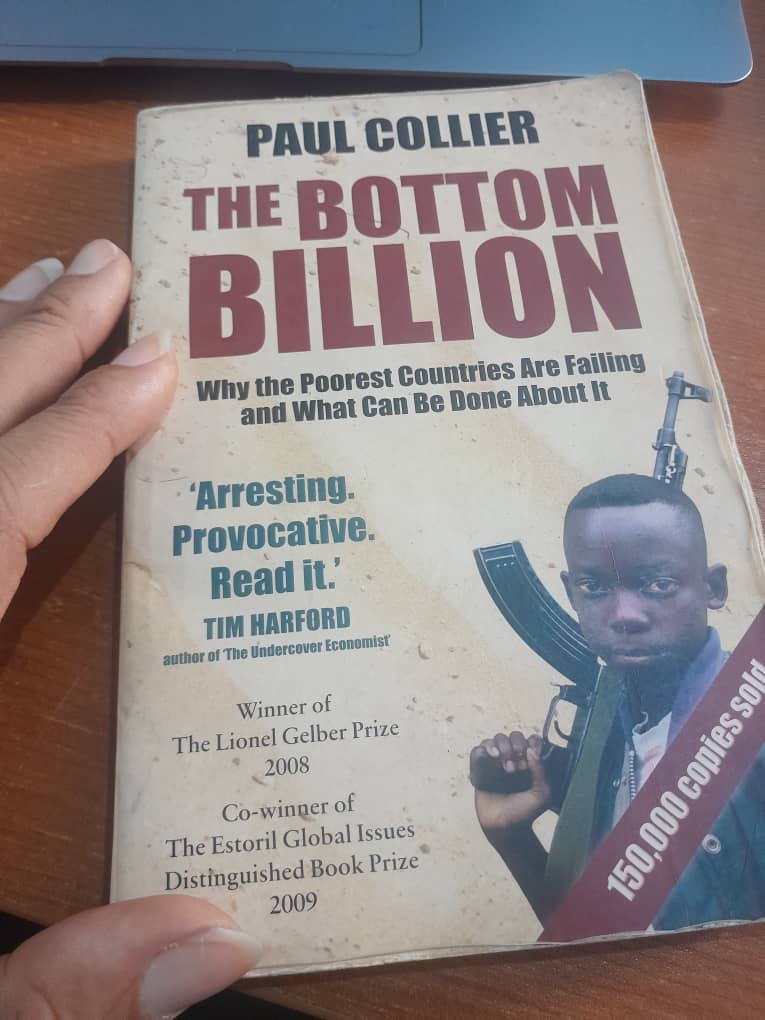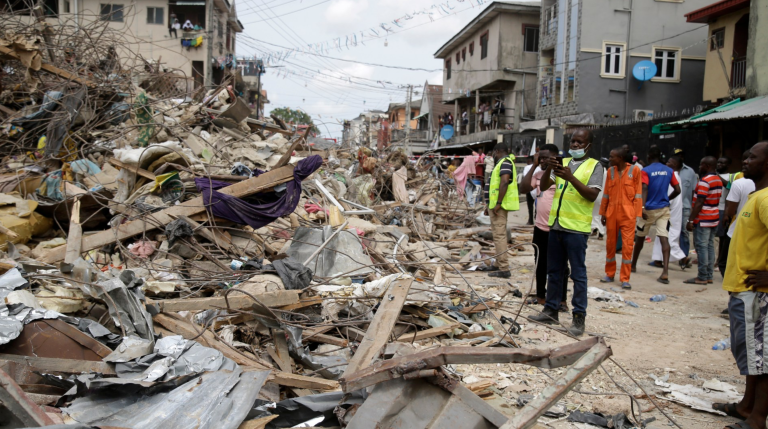
In The Bottom Billion: Why the Poorest Countries Are Failing and What Can Be Done About It, economist Paul Collier examines why a group of about 58 countries—home to nearly one billion people—remain trapped in extreme poverty while the rest of the world progresses. Unlike most developing nations that have seen growth, these countries suffer from persistent stagnation, conflict, and governance failures.
Collier, a former director of the World Bank’s Development Research Group, combines economic research, case studies, and policy analysis to explain why traditional aid approaches have failed and what alternative strategies could help these nations escape poverty.
This summary breaks down the book’s key arguments, focusing on:
- The Four Poverty Traps
- Why Aid Alone Doesn’t Work
- Collier’s Four-Part Solution
- Criticisms & Relevance Today
Part 1: The Four Poverty Traps
Collier argues that the poorest billion people are stuck in one (or more) of four key traps:
1. The Conflict Trap
- Civil wars and coups destroy economies, discourage investment, and displace populations.
- Countries with a history of conflict are likely to relapse (about 50% chance within 10 years).
- Example: Sierra Leone, Somalia, and the Democratic Republic of Congo.
2. The Natural Resource Trap (Resource Curse)
- Countries rich in oil, diamonds, or minerals often suffer from corruption, inequality, and economic instability.
- Resource wealth leads to:
- Dutch Disease (other industries collapse due to currency inflation).
- Authoritarianism (elites hoard wealth instead of investing in development).
- Example: Nigeria (oil), Angola (diamonds), Venezuela (oil).
3. Landlocked with Bad Neighbors
- Landlocked countries depend on neighbors for trade; if neighbors are unstable or uncooperative, growth is stifled.
- Poor infrastructure (bad roads, no ports) increases costs.
- Example: Uganda (dependent on Kenya’s port), Chad (surrounded by conflict zones).
4. Bad Governance in a Small Country
- Weak institutions, corruption, and poor policies discourage investment.
- Small economies lack diversification, making them vulnerable to shocks.
- Example: Zimbabwe (hyperinflation under Mugabe), Haiti (chronic instability).
Collier critiques standard development approaches:
1. Aid Alone Isn’t Enough
- Money often gets stolen or wasted due to corruption.
- Without structural reforms, aid creates dependency rather than growth.
2. Democracy Doesn’t Always Help
- In fragile states, elections can trigger violence (e.g., Kenya’s 2007 post-election crisis).
- Democracy works best with strong institutions (rule of law, free press).
3. Globalization Leaves Some Behind
- The bottom billion can’t compete in global markets due to weak infrastructure and skills.
- Trade policies (like EU farm subsidies) hurt poor farmers.
Part 3: Collier’s Four-Part Solution
Collier proposes a mix of policies:
1. Military Intervention (When Necessary)
- Sometimes force is needed to stop genocide or restore order (e.g., British intervention in Sierra Leone).
- But it must be legitimate (UN-backed) and well-planned.
2. Laws & Charters Against Corruption
- International transparency laws (e.g., forcing oil companies to disclose payments).
- Governance charters where nations commit to anti-corruption reforms.
3. Smart & Targeted Aid
- Post-conflict aid to prevent relapse.
- Invest in infrastructure (roads, power) to enable trade.
4. Trade Policies to Boost Growth
- Temporary trade protection for emerging industries.
- Preferential access to Western markets (like the U.S. African Growth and Opportunity Act).

Part 4: Criticisms & Relevance Today
Criticisms:
- Some argue Collier underestimates local agency (blaming external factors too much).
- Military intervention is controversial (e.g., Iraq, Afghanistan failures).
Relevance in 2025:
- Many bottom-billion countries (e.g., South Sudan, Yemen) remain stuck in the same traps.
- Climate change and COVID-19 have worsened poverty in fragile states.
Conclusion: Can the Bottom Billion Escape?
Collier’s book is a wake-up call: poverty isn’t just about money—it’s about breaking systemic traps. While there’s no magic solution, a mix of smart aid, governance reforms, trade policies, and (when necessary) international intervention offers hope.
For Nigeria and similar nations, the lesson is clear: resource wealth alone won’t bring prosperity—good governance and economic diversification are key.
- The Death of Fish Magnet and Why Kidnapping Continues to Thrive in Nigeria - August 2, 2025
- The Fall of Intelligence - July 10, 2025
- UK to Tighten Visa Rules for Nigerians and Pakistanis Due to Overstaying Concerns - May 7, 2025
Discover more from TruthPost
Subscribe to get the latest posts sent to your email.








